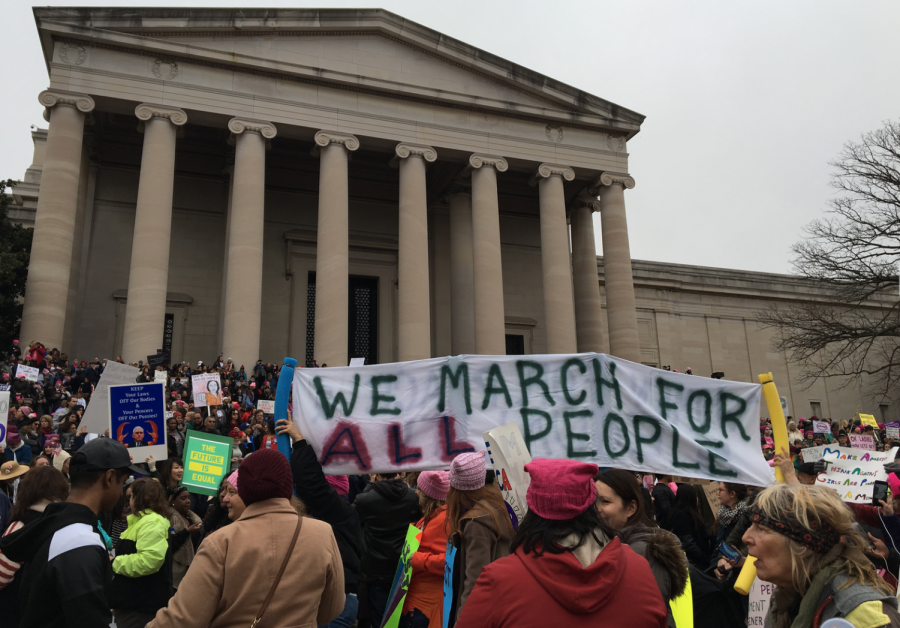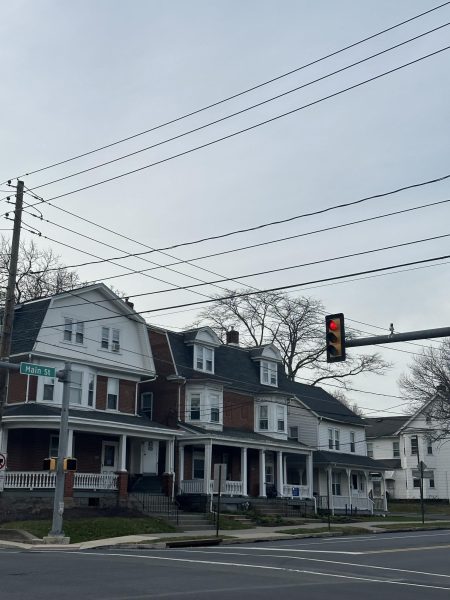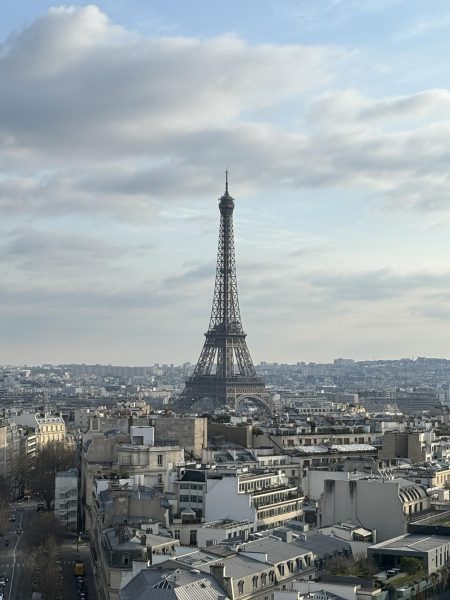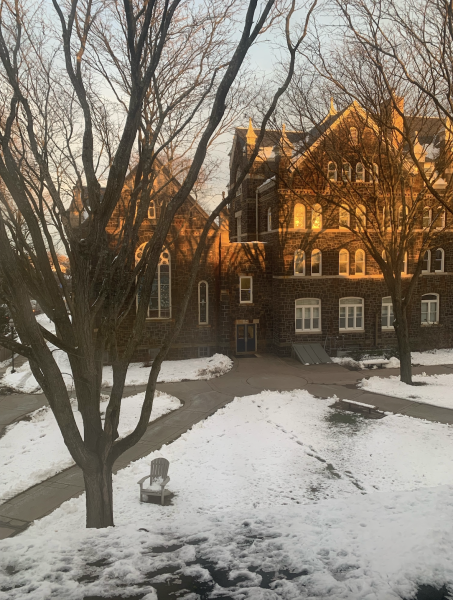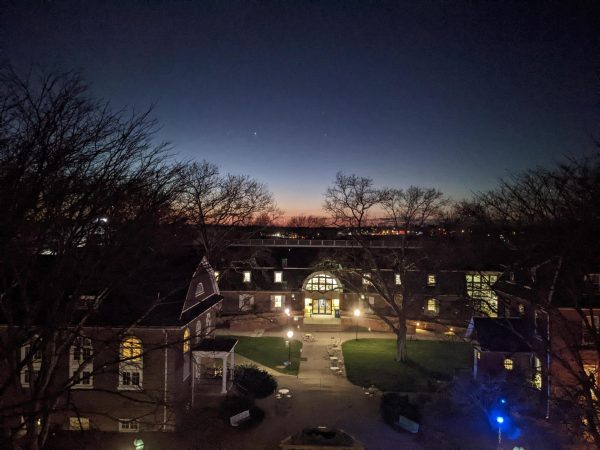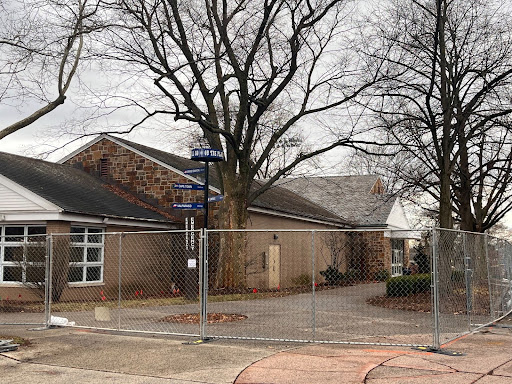Women’s March in Bethlehem Creates Waves
People protest at the Women’s March on Washington on January 24, 2017.
The third annual Women’s March on Washington took place on Jan. 19th, mobilizing activists nationally and globally to march in solidarity.
The event is designed to “harness the political power of diverse women and their communities to create transformative social change,” according to the March’s website. The Women’s March was founded in response to Donald Trump’s election, and the first march was held the day after his inauguration in order to unify women in the face of what they saw as an oppressive administration.
Because many women believe that the administration represents a threat to numerous minority groups and vulnerable communities, the Women’s March seeks to demonstrate unity and, according to their official site, focuses on reproductive rights, LGBTQ+ rights, domestic violence, and immigration, among other civil rights causes.
The first march was a direct protest against President Trump, the second year was organized to encourage citizens to vote (complete with the slogan, “Power to the Polls”), and this year’s theme was “Women’s Wave,” a slightly more ambiguous motif that still enabled women to march for their rights.
While the official march is held annually in Washington D.C., affiliate groups hold smaller satellite marches in major cities around the country and even around the world. The most prominent marches in Pennsylvania were held in Philadelphia and Pittsburgh, while some smaller cities, like Bethlehem, organized local marches, as well.
This year, because of inclement weather conditions, my plans to attend the Philly March were cancelled, which allowed me to attend the Women’s March in Bethlehem. Since Bethlehem is much smaller than Philadelphia, the march here was a more intimate rally that was located in the plaza outside City Hall.
The scene at this march was similar to the ones viewed around the country: activists gathering around a stage with their protest signs, chanting and cheering, their energy ignited by influential speakers on stage. The march provided an opportunity for women of all backgrounds, genders, classes, races, and ages to unite in their hometowns and connect with other like-minded people.
While the Women’s March receives backlash, if done with purpose and determination, these rallies can produce significant change.
Unfortunately, there are women who go to the marches for less noble reasons. They support issues that only fit their agenda and snap pictures without actually considering why the event is being held.
To be a true activist, one needs to do more than just show up on a specific date and listen to important women speakers. To be an activist is to be active. And what this means is that attending the rally is not as important as what one does after the rally.
The hope in creating a Women’s March on Washington is that it propels a new generation of activists to instill positive changes in their communities. For the march to truly be a success, we have to fight injustices in our everyday lives. This can be done even easier at local marches, like the one n Bethlehem, where there were representatives from the area’s social justice groups for all the marchers to connect with. While the Bethlehem march was not as glamorous or dazzling as those in Philadelphia or D.C., it gave me the opportunity to affect change on a local level.


